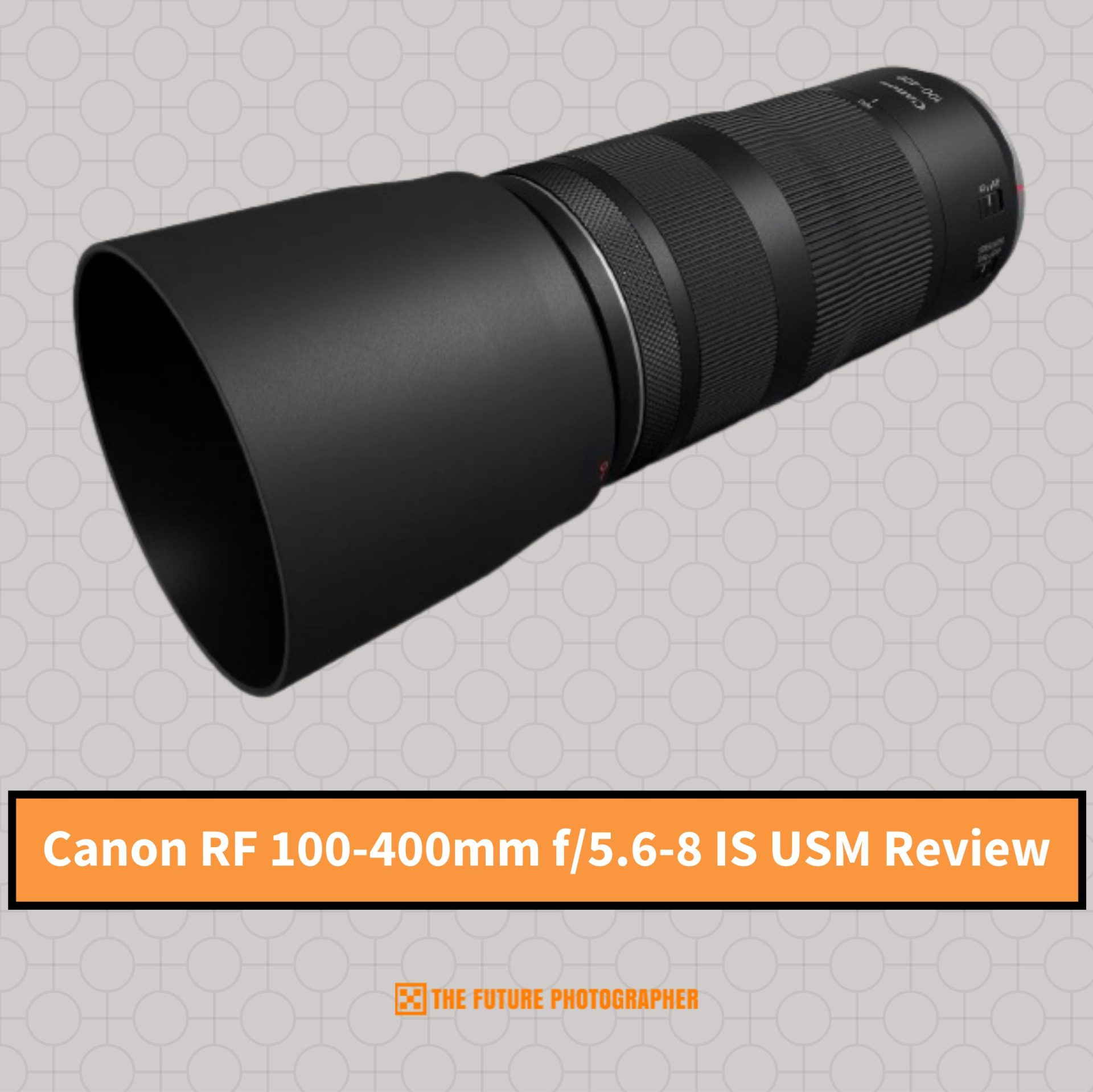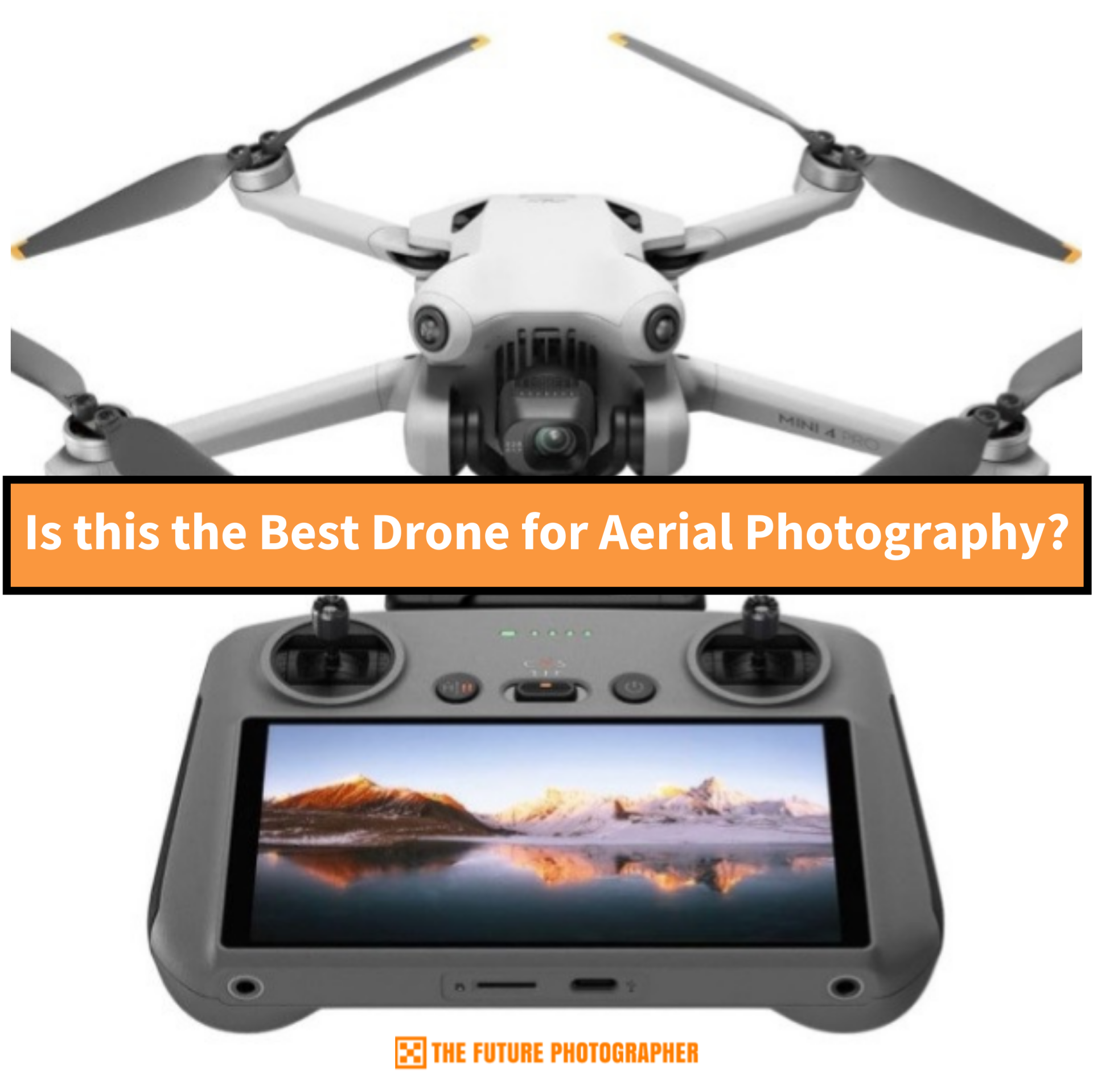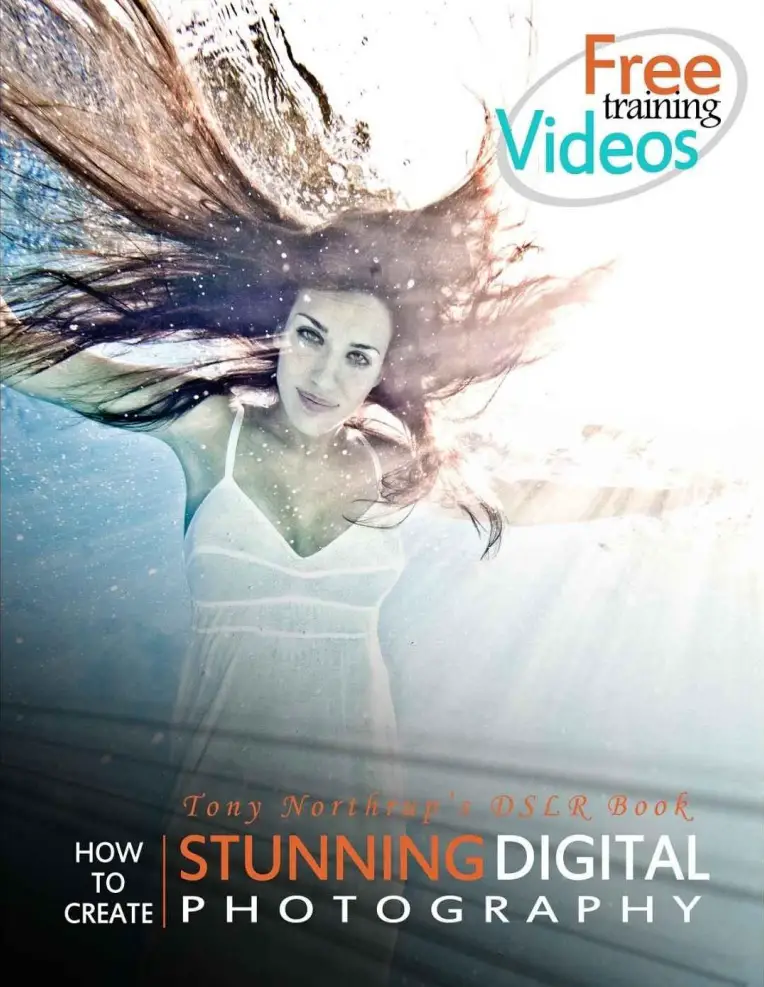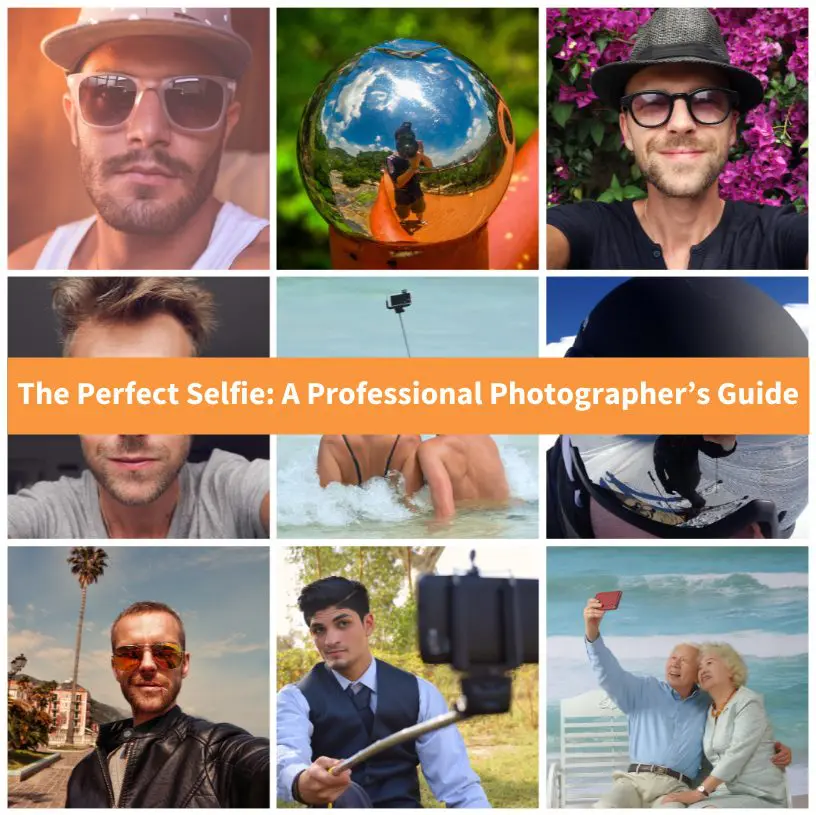
Here at thefuturephotographer.com, we participate in affiliate programs and may earn a commission if you make a purchase, at no additional cost to you. Learn more
Many times, when we hear about a home photography studio, we think of a large room with many lights, dozens of backgrounds, and tripods. It all seems like too much, but somehow they work together. At first, I thought that having a home photography studio would be such a burden. However, with time, I learned some little tips and tricks, and in this article, I will share them all with you.

Benefits of Having a Home Photography Studio
Having a home photography studio sounds expensive at first, but after some further consideration, you will understand that this is only a myth. If you consider your budget and prioritize your needs, the result isn’t necessarily going to cost a fortune. Also, being able to shoot at your own place with your own rules will certainly pay off in time. The fact that you will always have access to your studio without the need for a program or worrying about renting equipment is such a blessing!
Moreover, inspiration is easier to kick in when you can go and shoot whenever you feel like it. It is proven that practicing your job in a familiar environment can improve your workflow, and photography isn’t an exception!

Home Photography Studio Space
The space in which the activity takes place is very important. It depends a lot on where you work and how you arrange the room. You can use any system you prefer, from a portable system to a fixed one installed on the balcony or in the living room. However, a huge piece of advice is always to look for compact gear. This will help you with the studio placement and portability (in case you need to change its placement in time).

Tiny or Big Room for Your Studio
First of all, take into consideration the size of your house and how willing you are to take up a lot of space for your studio. If your house allows you to use a room only for the studio or even half a room, then it is great! It would be much easier to create a vibe (especially if you work with people) and to keep your personal life away from work. I’ve always been a fan of the idea of having a home photography studio in a room where you can always grab the camera and just disconnect.

Portable Gear
On the other hand, not everyone will have enough space to create a home studio, or they just won’t prefer to use a room only for this purpose. In that case, portable gear is your best friend. So, if it’s not inconvenient to always set up the studio before shooting, this should be the answer for you. Beginner vloggers and influencers in different fields of activity, from cooking to makeup, tend to prefer this kind of setup.

Home Photography Studio Equipment
Now that we’ve determined how much space you will need, let’s talk about the equipment. I prepared a list of the basic essentials, and I will speak from personal experience. However, I need you to consider your personal needs before purchasing anything. Our preferences as photographers are always different, and that is completely normal. So, please follow your instincts and experience when you read the list below.

Cameras and Lenses
A camera will be needed, a DSLR or a mirrorless one. When we talk about indoor photography, the camera doesn’t have to be top-notch because of the other equipment that will help create the best environment. Your camera needs a hot shoe and a screen to watch the photos; that’s all.
Moreover, I will recommend avoiding point-and-shoots or other cameras that do not support interchangeable lenses. Also, when it comes to lenses, great results will be achieved with a good prime lens. The 35mm, 50mm (Canon 50mm f 1/4), 80mm, and 100mm lenses are great options.
On the other hand, if you consider shooting products or portraits on a budget, the old nifty fifty will do the job without hesitation. A good telephoto lens will be the 24-70mm, which is versatile but a little bit pricy.

Lights
Of course, lighting is one of the most crucial pieces of gear in a home photography studio. One light (either a speedlight or a flash) plus a reflector, such as an umbrella, can make up for an entire pricy studio lighting setup.
Any photographer, whether shooting in a studio or outdoors (see my article about Urban Photography), needs reflectors, umbrellas, or softboxes. They’re easy to use and can significantly improve your images. Reflectors diffuse and bounce light on your subject in the same manner as a lightbox can. Using them, more flattering light is produced, and any shadows can be filled up.
Finally, when it comes to types of lightning, we consider 3 major types: speed lights/flash (Godox MS300), strobes (studio flash), and continuous lightning (Godox SL-60W).

Background
A few versatile background alternatives for various sorts of shootings can be part of your home photography studio setup. Black and white backgrounds are the first to buy since they are both adaptable and suitable for a wide range of projects. Also, keep in mind to get backdrop support that can handle both collapsible backgrounds and any seamless rolls you’ll gather over time.
However, if you want to save money, think about starting with a blank wall in your home studio and painting it a natural color. If you want to minimize glare, keep in mind that matte paint finishes are preferable to glossy ones.

Tripod
Finally, the one piece of gear that will make a great difference in your home photography studio will be your tripod. Since most DSLR cameras are bulky and hefty, it can be challenging to hold them steadily for extended periods. Also, if you have trembling hands like mine, a decent tripod will be a perfect solution. It will steady your camera and enable you to produce clear pictures.
Tips For a Budget Home Photography Studio
First of all, it’s essential to know what you want from a photo. What style of photography do you focus on? What kind of vibe do you want to deliver? Based on these, you should be able to avoid errors. For example, a 100mm lens will be a bummer for group or family pictures, especially if the place you have is small.

Next, do not overload your studio with gear. I know there are a lot of nice accessories that seem to do a lot, but…in most cases, they tend to stay in the way more than help you with your work. So, just keep it simple when it’s about lightning and camera accessories.
Also, know your gear. Always check the instructions and the recommendations for your equipment. You shouldn’t be surprised by your own purchases when you are in the middle of a shoot. I recommend testing every piece of gear before starting a project!
Finally, always check for deals and ask for help in stores. You may find people with experience ready to give you the right info. Also, keep an eye on the in-store bundles or from other brands’ websites (Yelangu kit).
Here at thefuturephotographer.com, we participate in affiliate programs and may earn a commission if you make a purchase, at no additional cost to you. Learn more
Share:






